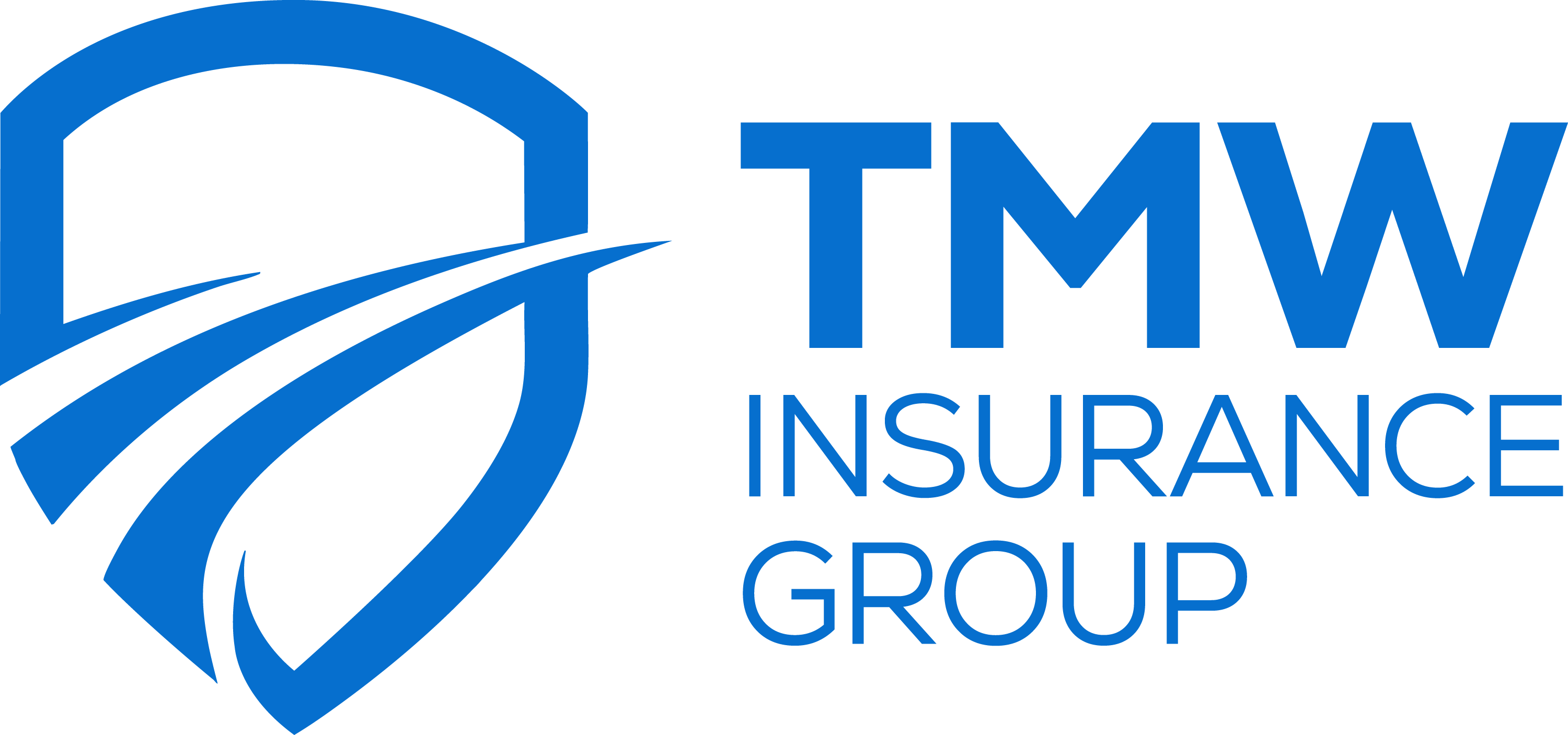An aortic aneurysm is a life-threatening condition that affects the aorta - the largest artery in the body. It's caused by abnormal tissue growth in the aorta and can lead to dangerous blood clots. The symptoms typically depend on the location of the aneurysm in the aorta but may include shooting chest pain, shortness of breath, or fainting spells. Treatment typically includes surgery to remove the aneurysm and prevent it from expanding further. This blog will highlight 6 important things one must know about aortic aneurysms.
What is an aortic aneurysm?
A fatal abdominal aortic aneurysm (AAA) can rupture and cause severe abdominal pain, blood pressure changes, heart failure, and even death. It's caused by abnormal tissue growth in the aorta and can lead to dangerous blood clots. Treatment typically includes surgery to remove the aneurysm and prevent it from expanding further. A full body examination every six months can lead to early discovery and help control the illness.
What are the types of aortic aneurysms?
An aortic aneurysm is a severe heart disease in the thoracic or abdominal aorta. There are 2 common types of aortic aneurysms: thoracic and abdominal. Each kind has a different cause and presents with other symptoms. Thoracic aortic aneurysms happen in the chest and are more common in men. Abdominal aortic aneurysms occur below the chest and are more common in women. An aortic aneurysm can rupture, a dangerous event that can cause death. To prevent an aortic aneurysm, you should know your risk factors and get checked for them regularly.
What are the risk factors of aortic aneurysms?
Knowing the risk factors of aortic aneurysms is essential to taking the appropriate steps to reduce your risk. Some of the risk factors include age, smoking, high cholesterol levels, gender, family history of aortic aneurysm, and obesity. If you're concerned about your risk, check your blood pressure periodically and consult with your doctor about ways to lower it. If the risk is high enough, surgery may be the only option. Understanding the risk factors of an aortic aneurysm is crucial to taking the appropriate steps to protect yourself.
Symptoms and causes of aortic aneurysm
Thoracic aortic aneurysms (TAA) can be caused by factors including untreated infection or traumatic injury. In some cases, aortic aneurysms can also be caused by genetics or inflammation of the blood vessels. Symptoms of aortic aneurysms can vary but may include trouble swallowing or difficulty breathing. However, abdominal aortic aneurysms are a rarity and typically don't cause any symptoms. If you experience deep pain in the back, groin, or legs, you might suffer from an abdominal aortic aneurysm. Be reassured that the treatment for an aortic aneurysm is available and that you're not alone in your struggles.
Detection of aortic aneurysms
The best way to prevent a thoracic aortic aneurysm (TAA) is by early detection and treatment with surgery. There are several ways to detect a TAA, including X-rays or an echocardiogram (ultrasound). It is important to see a doctor to get a proper diagnosis or to even rule out the disease altogether. An abdominal aortic aneurysm can also be detected by abdominal ultrasound, CT, or an MRI scan. Besides this, the concerned medical professional will also consider your family and medical history to help with the diagnosis.
Treatment of aortic aneurysms
A thoracic aortic aneurysm (TAA) is a severe heart condition that can cause death if not treated quickly. In cases where anyone known to you is experiencing any of the symptoms above, it's important to check it out. Your risk of having a TAA is even greater if you smoke regularly. Treatment typically involves surgery to repair the aneurysm and restore blood flow to the heart. Make sure to talk to a doctor about your risk factors and eligibility for surgery.
While an aortic aneurysm is a serious health condition, it is manageable with proper treatment. This blog provides an in-depth overview of aortic aneurysm, its symptoms, causes, and the various treatments available. Make sure to read through this blog to learn all you need to know about this condition. To reduce your risk of developing a TAA, follow a healthy lifestyle that includes cholesterol and fat-free diet, smoking and tobacco cessation, and regular exercise. If you or someone you know is experiencing any signs or symptoms of a TAA, including a sudden change in heart rate, get professional medical help immediately.


